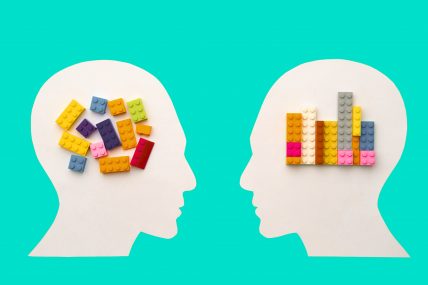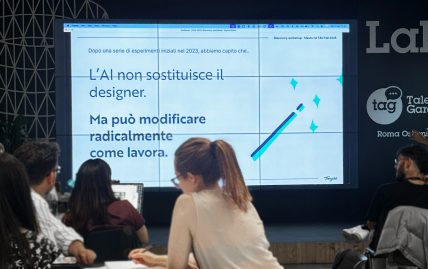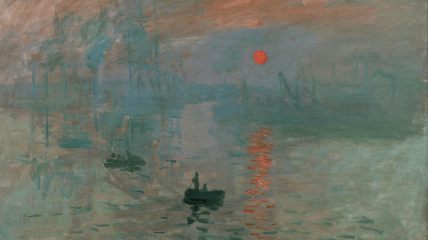Thinking
From fear to action plan: How an AI workshop really works
How do we transition from anxiety and confusion to a concrete action plan on AI?
In this chapter, we share our experience with the Tangible Workshop, which is designed to help designers begin working with AI in a more serious and aware manner

In the first article, we explained why integrating AI into design requires a different approach. This approach involves less emphasis on the "wow effect" and more focus on structured reflection and real experimentation.
In this second chapter, we take a step back and reveal the inner workings of the workshop we designed to foster this mindset shift.
We will explore its structure, the thread connecting the exercises, and how a simple guided session can spark a new way of thinking about design.
AI can generate interfaces, but it can also create questions, insights, and awareness. When approached with the right mindset, AI can help us strengthen what makes us human.
What follows is the story of an experiment that we at Tangible are working to turn into a method.
The pedagogical structure of the workshop
The sequence of the five exercises is not random.
It starts with an emotional exploration of hopes and fears to create a safe space for openness. Next is strategic reflection (future-oriented questions), followed by concrete action (rethinking workflows), vision (design superpowers), and finally, a personal action plan.
This progression mirrors a natural process: moving from the known to the unknown, from the emotional to the rational, and from the general to the specific.
Each exercise prepares participants for the next, creating a journey that gradually transitions from uncertainty to informed experimentation.
The multiplying effect
We designed the workshop to have an impact that extends beyond the individual participant.
Through collective discussion, fears become normalized and hopes become more tangible. Group-created maps offer a common perspective, and individual action plans are reinforced by team accountability.
Furthermore, the practical exercises provide participants with tools they can use immediately. They have learned how to write effective prompts, identified areas of their workflow to improve, and outlined a clear roadmap for AI integration.
The real goal: changing the mindset
In our view, though, the workshop's deepest value lies not just in the tools it provides, but also in the mindset it fosters.
It's an approach where AI is seen not as a threat nor as a magical solution, but as a design ally.
This mindset focuses on new, deeply human skills:
- Amplified critical thinking: AI can generate many options, but an expert eye is needed to assess and select the best ones.
- Directional creativity: Instead of starting from scratch, designers learn to guide AI with constraints (creative or brand-related) to produce more relevant results.
- Smart iteration: AI excels at fast exploration, but human designers steer the iterative process toward meaningful goals.
- Evolving quality-control: New skills are needed to spot biases, errors, and limitations in AI output.
What if it's a more universal framework than we thought?
This workshop is special because it is adaptable. Although it was designed for UI designers, its content addresses dynamics shared by many professionals, such as facing change, exploring new opportunities, redefining roles, and structured learning.
Why not try this format outside of UI design? With some adjustments, it could work for:
- UX designers (replacing workflow phases with research, prototyping, and testing)
- Service designers could use it for touchpoint mapping, blueprints, and stakeholder analysis
- Administrative, technical, and craft-based roles could also benefit from AI entering processes in similar ways, such as automating repetitive tasks and enhancing decision-making
AI is welcomed in these contexts as support for low-value tasks but resisted where sensitivity, creativity, and human connection are needed. Human oversight is preserved for relationships, creativity, and strategic decisions.
The most desired "superpower" will always be a kind of "translator" that makes vague feedback, complex regulations, and technical requests easier to understand.

The future is collaborAI-tive
AI is not here to replace designers but to transform the way we work. Designers who adapt first and best will be those who invest time in understanding the principles of human-machine collaboration, not just the tools.
Workshops like this are just the beginning. Real learning happens at your desk when you start experimenting. However, having a conceptual framework and a few practical exercises can mean the difference between being paralyzed by uncertainty and embarking on a path of growth.
AI in design is not a passing trend. It's a permanent shift in our field. Those who prepare now will gain a competitive edge tomorrow. Those who wait risk falling behind in an accelerating world.
The question isn't whether AI will change design - it already is. The real question is whether we are ready to lead that change instead of just reacting to it.
Who knows?


